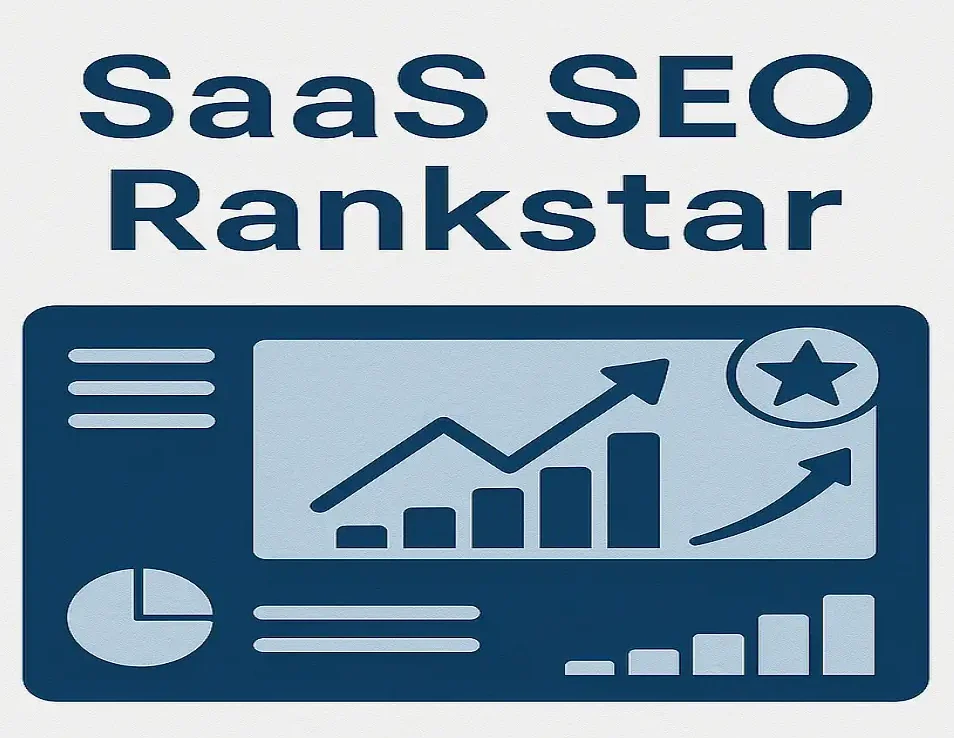SaaS SEO RankStar Trying to get your SaaS website to rank on Google and attract more leads? Then you already know—it’s a battlefield out there. Organic search can make or break your growth. That’s where SaaS SEO comes in. But wait… have you heard of RankStar? RankStar is making waves as a powerful tool tailored for SaaS SEO. In this guide, we’ll dive into everything you need to know to dominate the search engine results page (SERP) using smart, scalable SEO strategies—and how SaaS SEO RankStarr can help you do just that.
RankStar Understanding SaaS SEO
Key Differences Between SaaS SEO and Traditional SEO
SaaS SEO is a different beast. While traditional SEO may focus on ecommerce or informational content, SaaS SEO zeroes in on software, subscriptions, and solving real business problems. Your content has to convert, not just rank.
Common Challenges in SaaS SEO
-
High competition for tech-related keywords
-
Complex buyer journeys
-
Long sales cycles
-
Need for high-quality, trust-building content
Importance of Long-Tail and Branded Keywords
Long-tail keywords like “best CRM for small business” convert better. Plus, ranking for branded terms helps you own your reputation and keep competitors from hijacking your traffic.
SaaS SEO RankStar Keyword Strategy for SaaS SEO
Conducting In-Depth Keyword Research
Use tools like RankStar, Ahrefs, or SEMrush to find pain-point and solution-aware keywords. Look beyond volume—focus on intent.
Targeting Buyer Intent Keywords
Identify keywords that reflect where the user is in the funnel: awareness, consideration, decision. Example: “project management software for remote teams.”
Leveraging Competitor Analysis
Spy on your competitors’ keyword strategy. See what works for them, then build a better version.
On-Page SaaS SEO RankStar Websites
Optimizing Landing Pages for Conversions
Your landing pages need clear CTAs, benefit-driven copy, fast load times, and keyword optimization.
Creating SEO-Friendly Blog Content
Write blog posts that answer user questions, demonstrate expertise, and target keywords naturally.
Using Structured Data and Schema Markup
Help Google understand your content better using schema for FAQs, software apps, and reviews.
Technical SEO Essentials
Improving Website Speed and Mobile Responsiveness
Speed is a ranking factor. Use tools like Google Page Speed Insights and SaaS SEO RankStar technical audit to optimize performance.
Crawlability and Indexation
Ensure search engines can access and index your most important pages. Use canonical tags wisely.
XML Sitemaps and Robots.txt Setup
Guide crawlers properly with sitemaps and robots.txt files. Don’t let key content be hidden accidentally.
Content Marketing for SaaS Growth
Topic Clusters and Content Hubs
Organize your blog content into clusters around main topics to show authority and improve internal linking.
Creating Educational Content and Case Studies
Teach, don’t preach. Share guides, tutorials, and how-tos. Case studies build credibility and conversions.
Guest Posting and Backlink Building
Earn links by offering real value. Reach out to industry blogs and collaborate with influencers.
Leveraging RankStar for SaaS SEO
What is SaaS SEO RankStar?
RankStar is an SEO platform designed to automate and streamline search engine optimization for SaaS businesses.
Key Features Tailored for SaaS SEO
-
Keyword tracking by buyer funnel stage
-
Competitor SERP analysis
-
Content optimization suggestions
-
Technical SEO audits
-
Backlink monitoring
How RankStar Helps Automate SEO Tasks
From real-time keyword insights to automated reports and content grading, SaaS SEO RankStarr helps save time and scale efforts.
Link Building Strategies That Work
Building Relationships in Your Niche
Networking leads to backlinks. Build partnerships with bloggers, podcasts, SaaS review sites, and forums.
HARO and Digital PR
Help A Reporter Out (HARO) lets you earn media mentions by being a source for journalists.
SaaS Directories and Listing Opportunities
Get listed in high-authority directories like G2, Capterra, and SaaSworthy to boost visibility and links.
Measuring and Improving SaaS SEO Performance
Key SEO KPIs for SaaS Businesses
Track organic traffic, keyword rankings, bounce rate, time on page, and conversion rate.
Using Tools Like RankStar, Ahrefs, and Google Analytics
Combine tools for complete insights. SaaS SEO RankStar is great for daily rank tracking and competitor analysis.
Regular SEO Audits and A/B Testing
Don’t “set and forget.” Test landing pages, tweak CTAs, and continuously audit your site’s health.
Common SaaS SEO Mistakes to Avoid
Ignoring User Experience
Clunky design, broken links, or slow load times? Kiss your rankings goodbye.
Over-Optimization
Stuffing keywords like it’s 2010? Google’s smarter now—write for humans first.
Neglecting Mobile Users
Most searches happen on mobile. If your site’s not responsive, you’re losing leads.
Case Studies: SaaS Companies Who Nailed SEO with RankStar
Real-World Results
One SaaS company increased their organic leads by 68% in 3 months using RankStar to revamp their blog strategy.
Lessons Learned
Consistency, keyword targeting, and clean UX pay off. RankStar made it easy to track and adjust strategies.
Strategy Breakdowns
From technical fixes to content planning, RankStar helped them align SEO efforts with business goals.
The Future of SaaS SEO RankStar
AI and Machine Learning in SEO
Tools like RankStar are integrating AI to suggest content optimizations and identify trends faster.
Voice Search and SaaS
Optimizing for voice queries (“best project management software near me”) is growing in importance.
Predictive Search and Personalization
The more tailored your content, the more likely it resonates. Google loves relevance.
Conclusion
SaaS SEO isn’t just about ranking—it’s about attracting the right traffic and converting visitors into users. Tools like SaaS SEO RankStar make it easier to cut through the noise and get real results. Whether you’re a startup or scaling fast, SEO should be a core part of your growth strategy.
